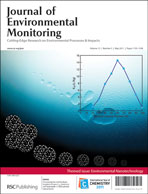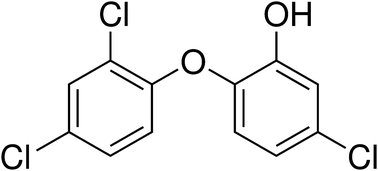Many of us have suffered a sleepless night from wailing sirens or been distracted at work by incessant drilling from a construction site, and we all know that annoying noises have the capacity to drive us round the bend. The European Environmental Noise Directive requires member states to draw up ‘strategic noise maps‘ so that noise pollution can be monitored and the problem tackled in the longer term.
However creating these noise maps is not a cheap or easy task – most are estimates from calculations, the input of which are predictions from traffic models and limited geometrical acoustics approaches. As is always the case, the more complex the calculation, the higher the computing time and cost, so a comprise is often made between cost and accuracy. Although the technology exists for more accurate noise measurement networks, their application is very limited due to the high cost of logging units and sensors (microphones) found on the commercial market.
Timothy Van Renterghem (Ghent University) and co-workers have now come up with a solution – the surge in microphones used in laptops, mobile phones, mp3 players etc has driven down their cost, but not at the expense of quality – the technology is very similar to high-quality measurement microphones. Logging the raw microphone signal
has also shifted from dedicated hardware to PC-based systems, with significant cost reductions.
In this paper Van Renterghem and team have shown that the cheap consumer microphones perform well against their more expensive dedicated monitoring cousins, with only small level differences compared to reference equipment.
The study is part of a longer term project on affordable environmental noise monitoring – read the full paper online here, the article is free to access until April.
On the ability of consumer electronics microphones for environmental noise monitoring
Timothy Van Renterghem, Pieter Thomas, Frederico Dominguez, Samuel Dauwe, Abdellah Touhafi, Bart Dhoedt and Dick Botteldooren
J. Environ. Monit., 2011, Advance Article
DOI: 10.1039/C0EM00532K, Paper













